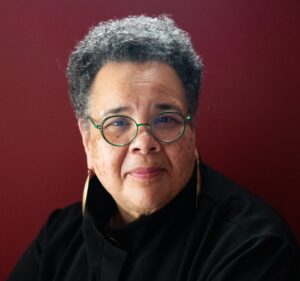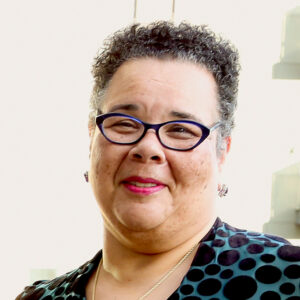Select an item by clicking its checkbox
Inspiration is a red balloon. My clear recollection of a film transporting me to another space and time occurred in the 2nd grade. I was a student at the George Washington Carver Elementary School in North Philadelphia. Our class, taught by Mrs. Cain, watched the short film The Red Balloon. ...
A summer joy is hosting workshop groups on our campus. The visits allow me conversations with participants over breakfast, or chats while visiting the local ice cream shop. A significant concern for our early career colleagues has to do with agency--or the lack thereof. Colleagues will recount an incident then ...
Museums were a significant aspect of my childhood education. Living in Philadelphia, we were a family who regularly visited museums and historic sites. Saturday family activities, summertime daytrips, and adventures when out-of-town relatives visited, would typically involve museum excursions. The spring field trips by George Washington Carver Elementary School, funded ...
Preface It is my pleasure to co-author this blog with Dr. Roger Nam, Professor of Hebrew Bible, Candler School of Theology, Emory University. Dr. Nam and I have been a part of the Wabash Center project for over twenty years. We have had the opportunity to hear, as participants and ...
In junior high school, we were taught that all the sections of any assigned book were to be read. We were instructed that “good students” never overlook any section of the book. This point was reinforced when the answers to a few critical test questions came from the preface and ...

